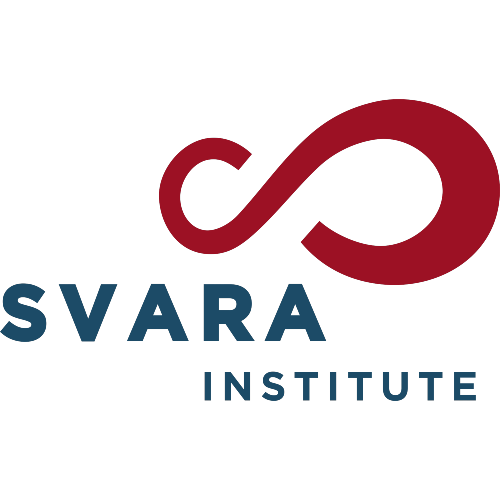Client: APEC (Asia-Pacific Economic Cooperation)
Svara Institute (formerly Presisi Indonesia) had a great opportunity to work with the APEC Secretariat in Singapore to prepare the 2020 AEP Report., which can be summarized as follows:
Over 30 years, women in APEC economies have gradually been able to access better work opportunities, while the chances to gain leadership positions have improved. But in the last two decades, female labour force participation has declined. Certain cultural factors impede the region’s progress towards achieving economic empowerment for women—such as, expectations that women should bear a greater share of domestic responsibilities, barriers restricting women's participation in leadership roles both in the public and private sectors, and lack of women’s representation in policy decision-making bodies responsible for ensuring equal treatment, access and opportunities for women. Moreover, a lack of comprehensive sex-disaggregated statistics could prevent policymakers from formulating better-informed and well-targeted policies to improve the status of women in the economy and society.
The COVID-19 pandemic has fiercely created a disproportionate impact on women in terms of:
- Employment: Sectors such as travel and tourism, retail, and food services employ many women for front facing work.
- Domestic responsibility: Employed women will also likely perform childcare and household tasks while working from home, affecting their productivity.
- Violence: Observed increase in domestic abuse cases from confinement and financial stress, while support services, including workforce and temporary shelters have been significantly reduced, trapping victims with their abusers.
To increase female labor force participation, this study recommends:
- Strengthening political will, in particular facilitating the enactment of laws and regulations that help ensure access and opportunities for women across economic sectors.
- Strengthening public and private partnerships to provide different perspectives essential in determining and implementing structural reforms.
- Updating and/or providing technological skills, including addressing historically low levels of participation in the fields of science, technology, engineering and mathematics (STEM), since women participation in STEM and digital skills are relatively low in general.
- Strengthening enforcement of laws, including the imposition of penalties so that what is adopted is also implemented to ensure better and safer conditions for women at home and in the workplace.
- Countering the economic effects of COVID-19, upskilling/reskilling women with digital skills, supporting MSMEs (many of which are women-led or women-owned), making available critical resources to protect women against violence, and supporting flexible and remote work arrangements to maintain productivity.
- Ensuring inclusiveness: Since women from vulnerable groups face additional layers of discrimination, it requires more nuanced and responsive policy approach.
